.png)
Telehealth is defined as “the use of telecommunications to provide long-distance administration of healthcare services for patients.” if you’re having trouble putting this into perspective, you’ve likely already used some form of telehealth services in the past. Scheduling a doctor’s visit by phone or through the internet is one example because you’re using a digital medium to make healthcare more convenient and accessible.
While telehealth is all around us, it’s still in its infancy when it comes to the technology that makes it possible. For example, services like Doctors On Demand allow you to speak with a board-certified health specialist in a matter of minutes via video chat in the comfort of your own home. However, there’s little more these health specialists can do for you than discuss your symptoms. Without patients in their office, they won’t have the ability to diagnose or treat a patient with an illness.
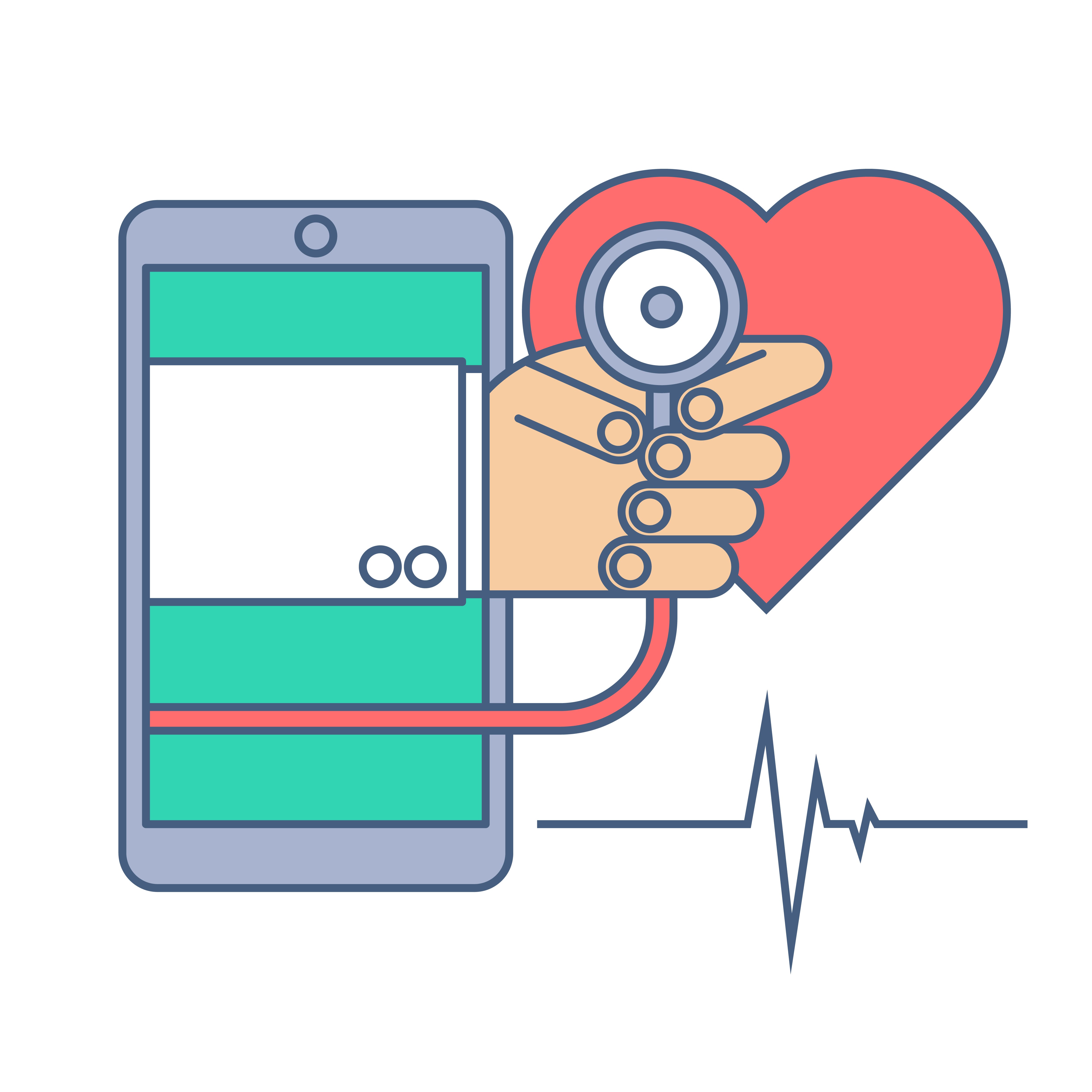
If you have chronic obstructive pulmonary disease (COPD) or any other respiratory condition that requires you to use oxygen, there are some interesting prospects on the horizon in terms of telehealth technology. Oxygen manufacturers like CAIRE Inc. and Inogen are already hard at work on new software and devices that make oxygen therapy more accessible for patients all over the world. Let’s take a look at 7 things oxygen patients can look forward to with emerging telehealth technology.
{{cta('fa8abc2a-1e88-4fa3-82fd-1cb5b9ed43b2','justifycenter')}}
Improved Early Diagnosis of COPD
According to the American Lung Association, millions of people around the world may be suffering from undiagnosed COPD. Despite going to the doctor frequently and maintaining an otherwise healthy lifestyle, many people ignore the symptoms of COPD or they shrug them off as a natural part of aging. This happens with a number of chronic illnesses, but it’s especially prominent with COPD because it’s a disease that progresses slowly.
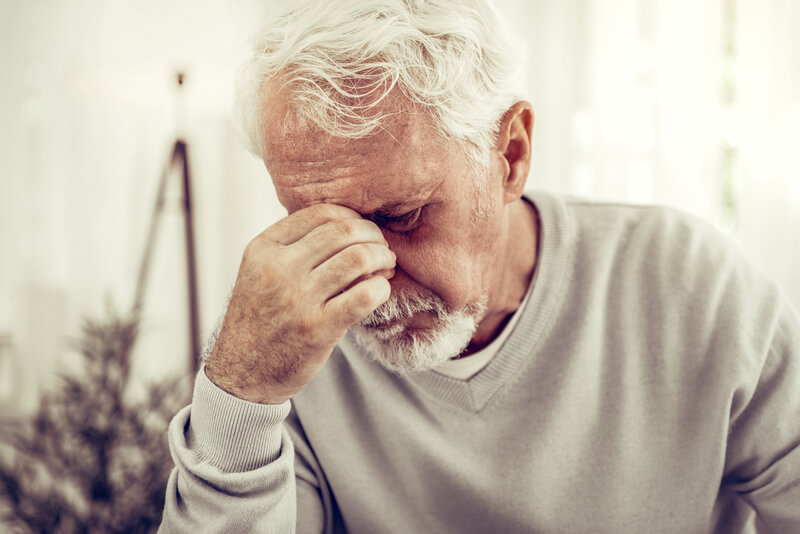
Another reason for undiagnosed COPD is that patients have a fundamental misunderstanding about what COPD is and what causes it. Many people believe that the only way to contract a lung disease is by smoking cigarettes or being exposed to some other harmful substance for a long period of time. Unfortunately, this is not always the case. According to Medical News Today, around 1 in 6 people with COPD have never touched a cigarette. Many people with undiagnosed COPD have a condition called Alpha-1 deficiency.
Alpha-1 antitrypsin (AAT) deficiency is an inherited condition. It’s known for contributing to the onset of liver disease and lung disease in otherwise healthy people. Normally, the liver produces the alpha-1 protein and distributes it throughout the blood. It’s responsible for protecting the lungs from inflammation, either resulting from airborne irritants like cigarette smoke or infections. So, even if you’ve never smoked, being in an environment with smoke or getting sick frequently could greatly increase your risk of contracting COPD.
.jpg)
At the end of the day, there is no cure for Alpha-1 deficiency. Your doctor won’t be able to provide you with a medication or procedure that will return your AAT levels back to normal. However, there are many ways to treat the condition including lifestyle changes and augmentation therapy. This procedure is done by infusing AAT into your blood through an IV tube which can be used to help slow the progression of COPD. Since the effects are temporary, you’ll likely need to repeat this procedure weekly for the rest of your life.
Now that you know how difficult it can be to detect COPD early on, you’re probably wondering how telehealth technology will help mitigate this. Since undiagnosed COPD is largely the result of people not being open or honest about their symptoms, it goes without saying that being more digitally connected to your healthcare providers will make people more likely to open up about how they’re feeling. In this day and age, people are often so busy that they neglect scheduling doctor’s visits. This will ensure that people have no reason not to speak about their symptoms. While it’s unlikely doctors will be able to diagnose something like COPD through video chat, simply speaking about your symptoms may be enough for your doctor to know if you should be scheduled for an in-person appointment. At this point, your doctor will be able to test for and diagnose any health conditions normally.
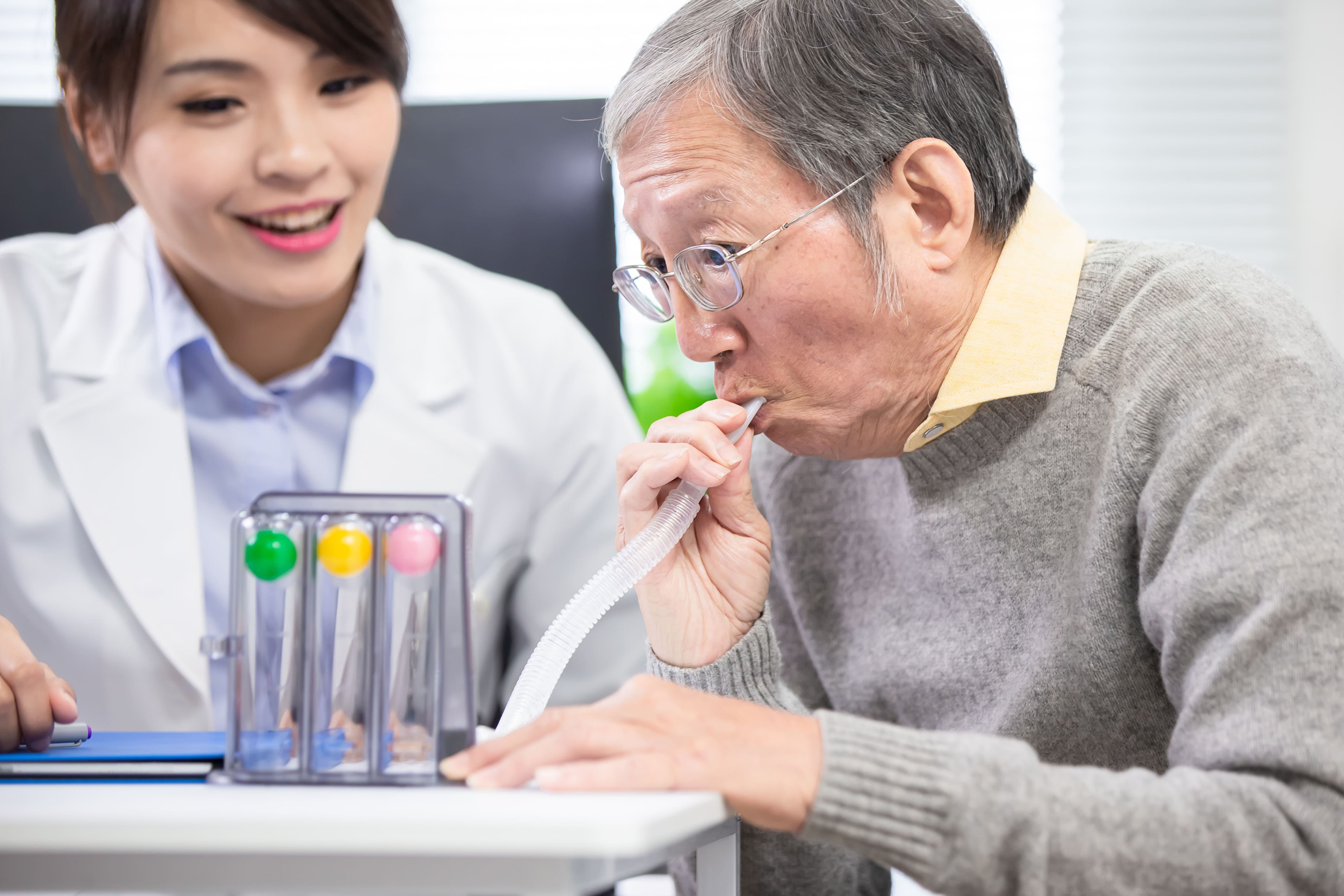
Last but certainly not least, the practice of telepulmonology (telespirometry) may lead to higher rates of COPD diagnosis. These terms refer to a general practitioner (GP) consulting a pulmonologist via telecommunication for advice on interpreting spirometry results. As opposed to the old days where you’d be referred to a respiratory therapist if you had a cough or chest pain, your general practitioner may be able to diagnose you more quickly with a quick and simple video chat. According to a study published in pubmed.gov, telepulmonology reduced physical referrals by 22 percent and 90 percent of general practitioners reported learning from their consultation with a pulmonologist.
Tracking Disease Progression More Easily
COPD is a progressive disease. This means that, as time goes by, symptoms like breathlessness, coughing, and chest pain tend to get worse. But that doesn’t mean that COPD patients don’t have the ability to live full and rewarding lives. Many patients can even significantly reduce the severity of their symptoms as long as they follow a strict treatment plan including dietary adjustments, pulmonary rehabilitation, and oxygen therapy.
Most pulmonologists recommend scheduling 2 or 3 doctor’s visits each year. However, people with later stages of the disease will likely need to schedule even more than that. Over long periods of time, this can really get exhausting for COPD patients, and if they have caretakers, they may find it difficult to take the time to schedule and attend all of these office visits — this is where telehealth technology could come into play.
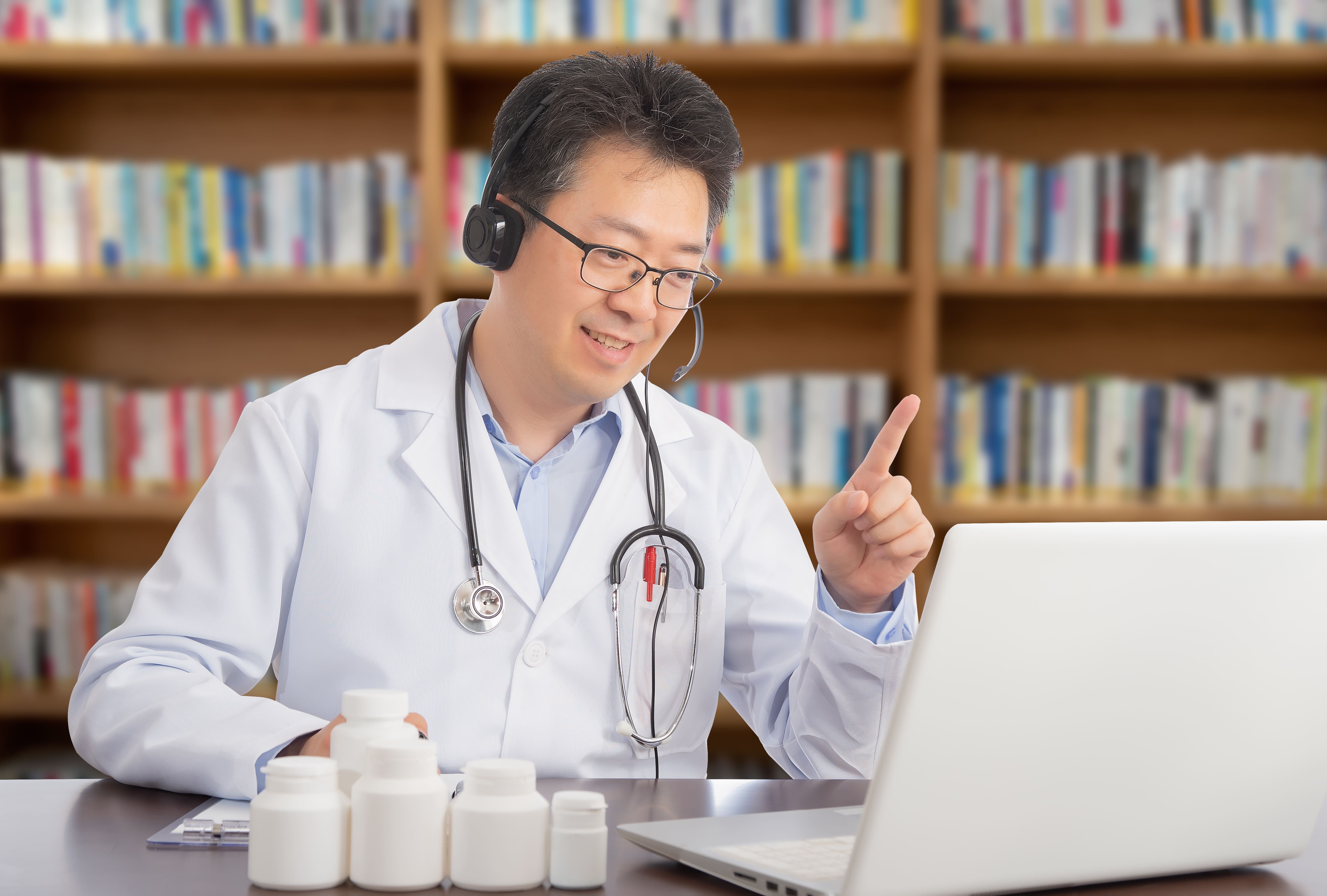
Although you’ll still have to schedule meetings with your doctor, telehealth technology will enable patients to have more frequent checkups without the need to drive to the doctor’s office and sit in a waiting room. Frequent checkups are more beneficial anyway because it will give your doctor the ability to keep tabs on how your disease is progressing and what adjustments you can make to improve your outcome.
Ultimately, infrequent doctor’s appointments are ineffective when treating a disease like COPD. One day, respiratory patients may feel energetic, healthy, and alert, whereas other days they may feel sick and unmotivated. If the doctor only sees you three times a year, they’re not getting the full picture and they won’t understand your condition as well as they could. If you’re able to see your doctor once a month, for example, he/she may be able to prevent things like exacerbations.
Tracking Oxygen Usage
One of the most common symptoms of COPD is a below-normal blood oxygen level. Your body needs an arterial oxygen level of about 75 to 100 milliliters of mercury (mm Hg) in order for you to be considered “healthy.” Low blood oxygen level (hypoxemia) has many adverse side-effects including shortness of breath, a chronic cough, and confusion. Since every organ in your body relies on oxygen, long-term hypoxemia can lead to organ damage and even organ failure.
Typically, a COPD patient is prescribed oxygen when they have a blood saturation level below 60 mm Hg. At this point, you should start looking for a medical oxygen device that matches your lifestyle. In the past, oxygen tanks were the only option for people who needed medical-grade oxygen, but they’ve since been replaced with portable oxygen concentrators which are much lighter, smaller, and safer to use. We recently wrote a guide about finding the perfect portable oxygen concentrator which you can find here
Aside from portable oxygen concentrators making oxygen therapy much safer and accessible for COPD patients, they’ve also made some significant breakthroughs when it comes to telehealth technology. CAIRE Inc., an oxygen equipment manufacturer based out of Georgia recently released its most advanced portable oxygen concentrator called the FreeStyle Comfort. This POC has the longest battery life of any machine on the market and also offers an outstanding oxygen output and lightweight design. However, the most interesting thing about this concentrator is the new CAIREView Telehealth Application.
Each Caire FreeStyle Comfort portable oxygen concentrator has built-in technology that allows it to connect with your mobile device such as a cell phone, tablet, or laptop, and upload important data about your oxygen usage. What’s more, this data can be sent off to the oxygen manufacturer, giving them live updates about your oxygen settings and daily oxygen usage. The best part of all of this is that it’s done on a secure network so you can rest assured that your privacy will always be protected.

While many oxygen patients likely don’t know what CAIREView is, it indicates a significant step forward for both oxygen therapy and telehealth technology. Just twenty years ago, most oxygen patients relied on bulky oxygen tanks and home oxygen concentrators which significantly stunted their freedom and independence. However, in 2020, oxygen patients not only have access to lightweight oxygen devices that they can take everywhere, but they have the comfort of knowing that their doctor or oxygen manufacturer will have live updates about their oxygen use. And this application has just scratched the surface of what’s possible. Since the Caire FreeStyle Comfort is such a popular portable oxygen concentrator, we’re likely to see other manufacturers following suit by creating new and innovative telehealth technologies to accompany their oxygen machines.

Remotely Troubleshooting Oxygen Devices
Purchasing a new electronic device like a smartphone, tablet, or laptop can be a nerve-racking experience. On one hand, you want to always have the latest and greatest model of your favorite device, but you also don’t want to have to deal with any problems that arise if it were to malfunction. Most device manufacturers require you to ship off your device to have it repaired at a warehouse somewhere. This can be costly and it can leave you without a device for weeks or months on end.
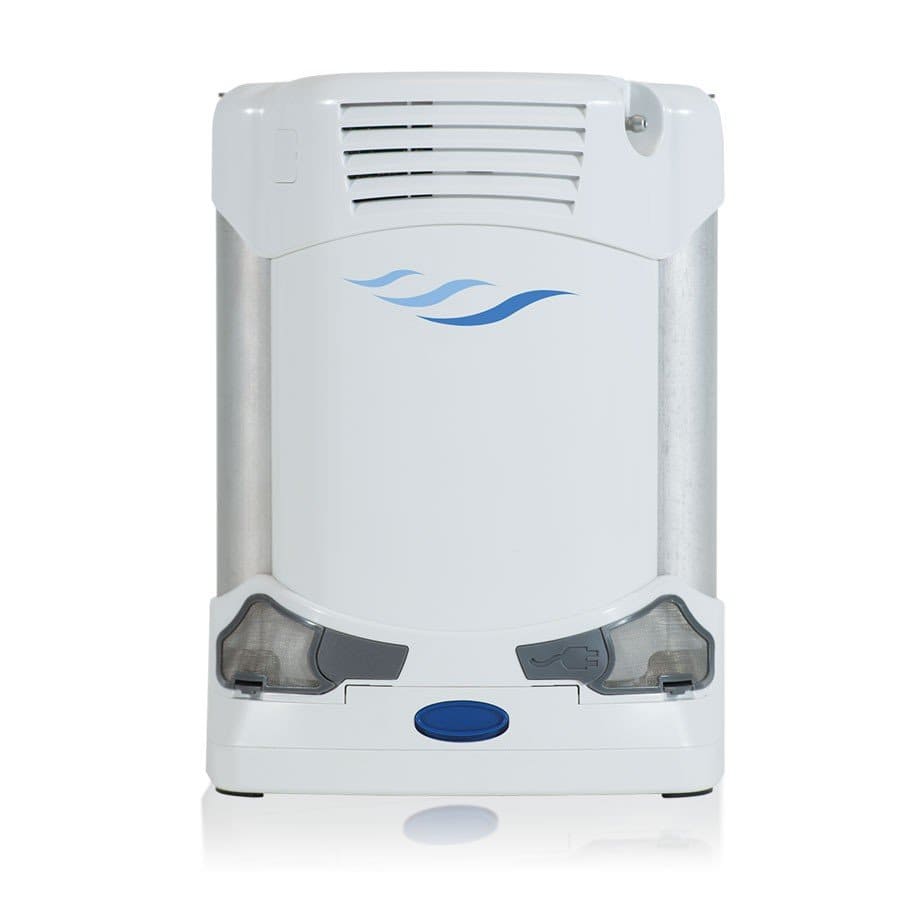
But what if the manufacturer had the ability to connect to your device and troubleshoot it remotely without you having to lift a finger? This would save you a lot of time, money, and hassle. Amazingly, this is what CAIRE Inc. has been able to accomplish with their CAIREView application. While you’re out and about enjoying your day, your Ciare FreeStyle Comfort will send periodic updates about your oxygen usage and the integrity of your portable oxygen concentrator. If they detect that you are not receiving oxygen or that it’s not being used as prescribed, they can contact you quickly to fix the issue. If the device malfunctions, they can provide you with the necessary steps to troubleshoot it quickly and easily.
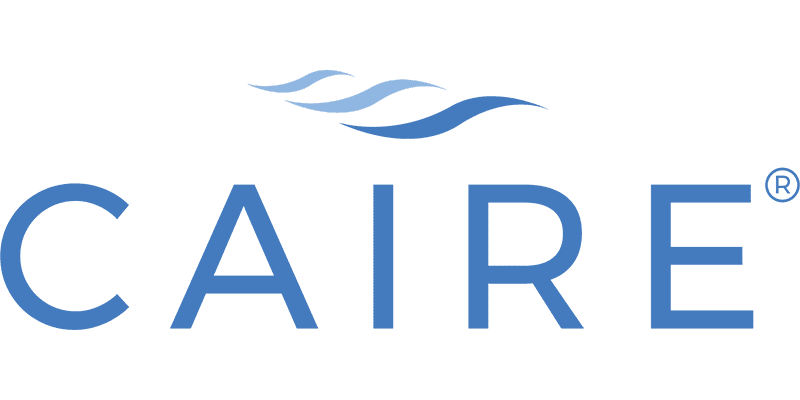
This new telehealth technology could immensely improve the lives of COPD patients all over the world. Since oxygen is a clear and odorless gas, you would normally have no idea if your device stopped putting out oxygen. The only indication you would have is if you started feeling lightheaded, out of breath, or noxious, all of which could be avoided if you had live updates about how the device is functioning. Losing your oxygen supply while you’re out can ruin your day or worse, leading to a severe COPD exacerbation that can put you in the hospital.
Improved Freedom and Independence
One of the most considerable concerns of COPD patients is their ability to maintain their freedom and independence. The lungs play an important role in our capacity to remain mobile, so naturally, a chronic disease that causes significant inflammation in the lungs and airways may cause people to revert to a sedentary lifestyle. At the same time, many COPD patients rely heavily on friends or loved ones to help them with day-to-day tasks like cooking, cleaning, or taking a trip to the doctor’s office.

Before portable oxygen concentrators, it was even more difficult for COPD patients to retain their freedom. Oxygen tanks can weigh upwards of 100 pounds and need to be refilled regularly. Stationary oxygen concentrators were lighter but they needed to be connected to a wall outlet in order to run. This meant that oxygen patients could only travel as far as their nasal cannula would permit them to. In the early 2000s, portable oxygen concentrators were introduced and COPD patients were able to experience some of the freedom they had before they contracted the disease.
In 2020, portable oxygen concentrators are more advanced than ever before. POCs like the Inogen One G5 offer over 13 hours of battery life on one charge, a lightweight design, and 1,260 ml/min of oxygen — more than enough for the majority of oxygen patients. Modern POCs are also incredibly easy to use meaning you can start using it straight out of the box without having to memorize a bunch of commands or buttons. Since these devices are so advanced and innovative, you may be wondering how telehealth technology can add to this.
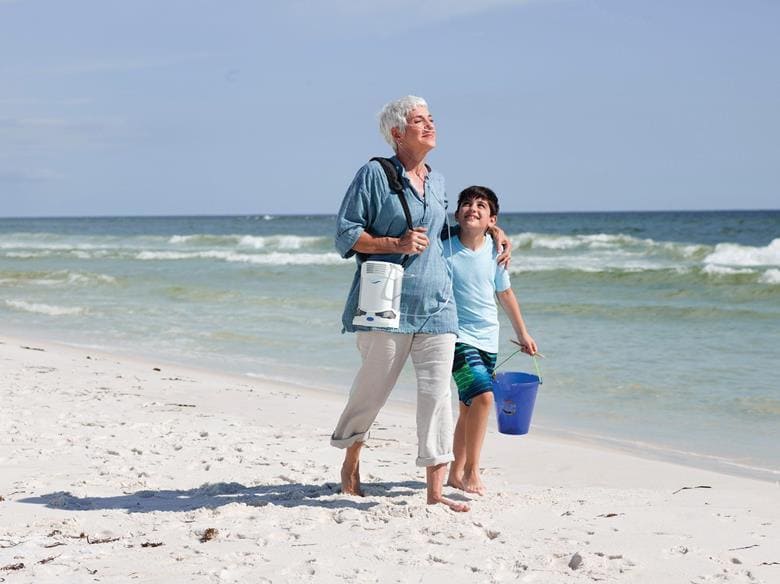
One of the ways telehealth will improve freedom and independence is by making oxygen patients see their therapy device as less of a burden. Rather than having to fear whether their POC will hold up throughout the day, POC patients can relax knowing that their doctor or oxygen manufacturer has an eye on their oxygen machine. Oxygen patients can focus more on the important things in their life like spending time with family or taking a trip to a place they’ve never been before.

Another benefit of telehealth technology is that it will make patients less reliant on caretakers and loved ones. Instead of having someone at your side to troubleshoot your oxygen machine if something goes wrong, most oxygen patients will feel comfortable fixing their own device. What’s more, you won’t have to carry your POC manual around with you because you’ll have access to all of that information on your phone or another mobile device.
Reduced Medical Costs
According to Investopedia.com, healthcare spending in the United States in 2017 was reported at $3.5 trillion and it’s expected to rise to $6 trillion by 2027. Medical costs are a growing problem in the country especially for people who already struggle to pay their bills. While it would be unwise to sit around and wait for reasonable healthcare reform, telehealth technology has already proven to be a major driving force in reducing medical costs.

According to High Point Solutions, the average cost of a telehealth appointment costs $79 whereas an in-person doctor’s office visit costs around $146. First and foremost, telehealth appointments cut costs for patients. Instead of having to drive to the doctor’s office and in some cases, skip a day of work, patients can have access to medical services and education in the comfort of their own homes. On the healthcare provider’s side, telehealth technology can cut costs by reducing the need for clinical workspace and making appointments go quicker and more smoothly. Ultimately, some of these savings will make it back to the patient as well.
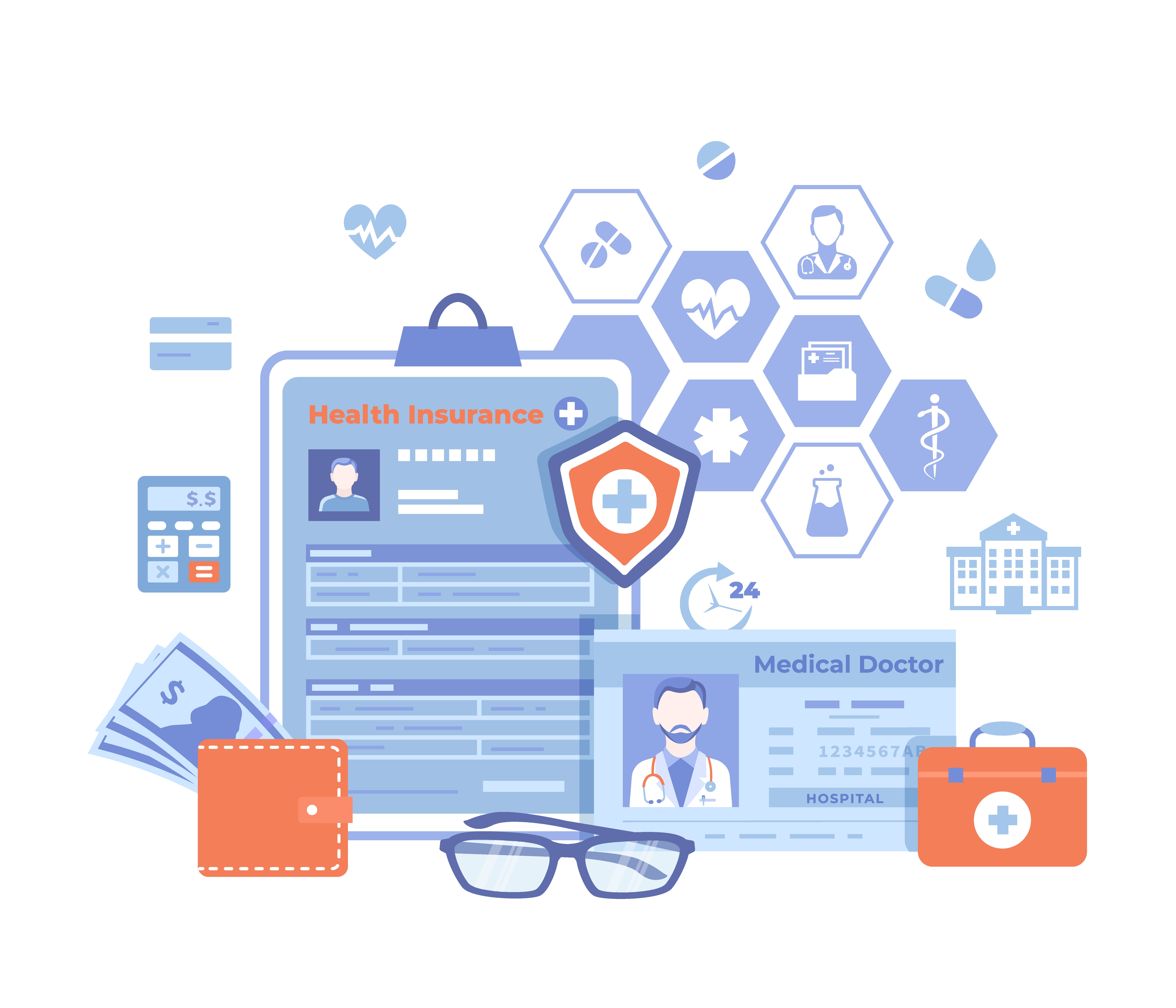
Another way telehealth technology cuts medical costs is by reducing hospital admissions. According to studies done by Cardinal Health, telehealth services are able to eliminate nearly 1 in 5 emergency room visits. This is substantial considering the fact that one day in a hospital costs an average of $3,949. When it comes to COPD, periodic appointments via telehealth technology could result in significant health savings for many patients. Since telehealth appointments enable patients to have more frequent checkups, doctors will have a higher chance of catching exacerbation symptoms before they become serious.
Increased Accessibility
Lastly, the accessibility of medical services is another major issue facing COPD patients. While healthy patients have the means to get themselves to the doctor’s office, many people with COPD are physically incapable of doing so. COPD patients who are immobile or struggle with mobility issues may need to rely on caretakers or loved ones meaning that appropriate healthcare, in general, is less accessible.
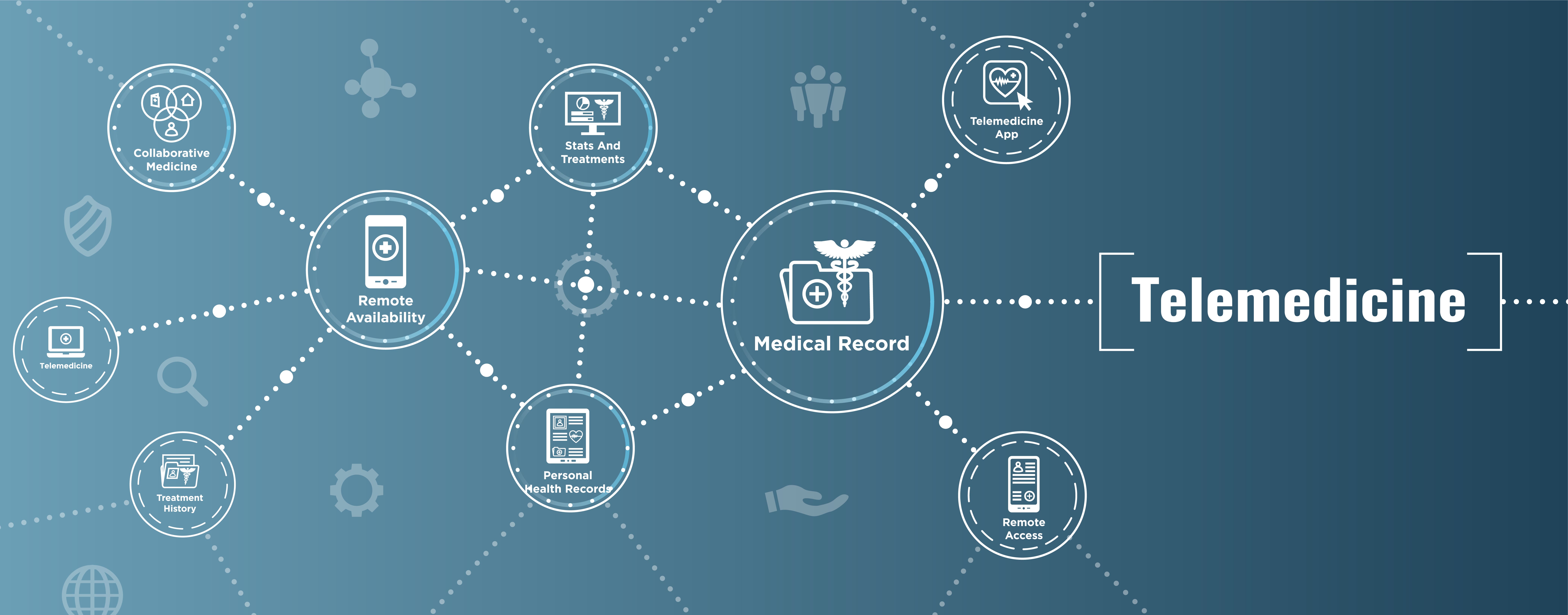
Furthermore, people who tend to forget things that they discussed with their doctor will have the added security of being able to record every appointment they have with their doctor. Instead of having to write everything down and take notes on what your doctor says, you can simply use video recording software to keep an archive of all your telehealth appointments. This will also ensure that you follow your doctor’s instructions as closely as possible.
Conclusion
Health specialists and health equipment manufacturers have barely scratched the surface of what’s possible with telehealth technology, however, we’ve already seen many of its benefits come to light. Video conferences are one simple way doctors can offer their patients more accessible, cost-effective, and reliable services and all it requires is a computer and a video camera. For COPD patients, this could mean less frequent admittance to hospitals due to exacerbations.
Oxygen device manufacturers like Caire Inc. and Inogen are also hard at work on telehealth technologies that allow for better communication between oxygen users, oxygen providers, and practitioners. CAIREView is an easy-to-use application that connects to all Caire FreeStyle Comfort devices. It provides the oxygen manufacturer with up-to-date information about the patient’s oxygen usage and allows them to assist with troubleshooting your device anywhere in the world.

